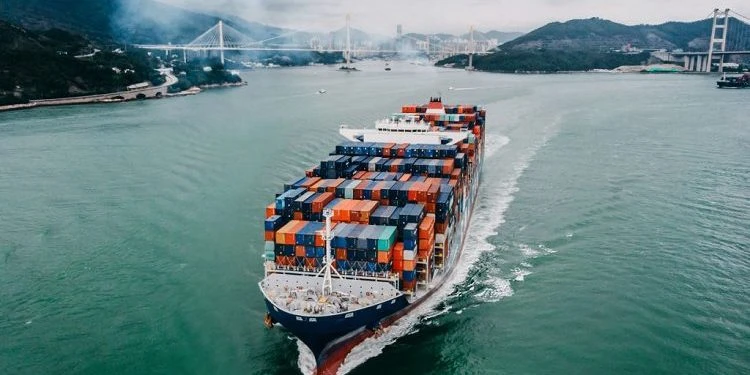
It is forecast that by the end of 2019, the country will fulfill the target of USD 264 bn in total exports, up by 8% compared to 2018, with an export surplus of USD 10 bn.
Vietnam not yet self-sufficient
The main export markets of Vietnam are still the US, Europe, China, ASEAN, Japan and South Korea. We still maintain commodity groups with export turnover from USD 10 bn or more, including phones and components; electronic products; computers and computer accessories; textiles; footwear; machinery and spare parts. There are also dozens of export commodity groups with a turnover from USD 1 bn or more. Currently, Vietnam is the 22nd largest exporting country in the world.
However, behind these impressive figures, there are still industries that made efforts but have not been able to achieve their target. In 2019, textiles and garments was still behind by USD 1 bn to complete the target of USD 40 bn, despite being one of the key export sectors of Vietnam for many years.
Talking to Saigon Investment, Mr. Pham Xuan Hong, Chairman of Ho Chi Minh City Textile and Garment Association, said: “In 2019, there were many favorable factors which turned into obstacles, such as the trade war, which reduced consumer demand, making competition more intense between countries. Or the fact that Vietnam is not self-sufficient in the textile and garment industry and needs to import a lot of raw material from China.”
Similarly, the seafood industry also encountered many difficulties when the selling price of key export products such as shrimp and shutchi catfish plummeted. For a while, shrimp price dropped by 25% compared to the same period in 2018. This made the industry export only about USD 9 bn, USD 1 bn lower than expected target. In addition, seafood in 2019 also continues to face a problem on how to remove the IUU yellow card as well as consecutive anti-dumping lawsuits.
Meanwhile, fruits and vegetable exports have continued to decline from the beginning of 2019 when China tightened the quality of imported goods, shifting from border trade to official imports. It is expected that this year the fruit and vegetable industry will not be able to meet its target.
Trade fraud will hinder exports
Even though the US-China trade war is providing opportunities for a number of Vietnamese industries, it is also causing an explosion of trade fraud and counterfeit of goods. Due to high taxes in the US, many Chinese products are being disguised as Vietnamese products with lower tax to export to the US. Specifically, Vietnam's aluminum which is exported to the US is only taxed 15%, while Chinese aluminum is taxed 374%.
In October, the General Department of Vietnam Customs discovered 1.8 million tons of Chinese aluminum worth about USD 4.3 bn imported to Vietnam for further export to the US. Chinese wooden products are also subject to anti-dumping duties of 183.36% by the US, while on Vietnamese wood, tax is only 8%. Therefore, Vietnam's wood industry is also facing commercial fraud, counterfeit of goods and fraud in source of origin.
At a recent conference on reducing risks of origin fraud and trade remedies, Mr. Chu Thang Trung, Deputy Director of Trade Remedies Authority of Vietnam (TRAV), emphasized that increased origin fraud will hinder Vietnam's exports not only to the US but the EU as well. According to statistics of the Ministry of Industry and Trade, so far Vietnamese exports have faced more than 150 cases of trade remedies initiated by 19 countries and territories, focusing on anti-dumping duties, countervailing duties, and self-defense.
Challenges in 2020
Up until now, Vietnam has 16 bilateral and multilateral FTAs, of which 12 FTAs are in effect, one FTA has been signed but is not yet in effect, and three FTAs are still under negotiation. But in fact the understanding of FTAs is still very limited.
For example, Vietnam-EU FTA (EVFTA) is being talked about a lot because the EU has been a key export market of Vietnam for many years. But a recent survey by Vietnam Chamber of Commerce and Industry (VCCI) showed that nearly 80% of enterprises have only just heard about EVFTA for the very first time. Same goes for the Comprehensive and Progressive Agreement for Trans-Pacific Partnership (CPTPP) which has been in effect for nearly a year. But still about 70% of businesses do not know about this agreement.
The remaining few enterprises that know about FTAs cannot easily take advantage of the tariffs because they have to meet many requirements on product of origin as well as other regulations from importing countries. On the other hand, foreign investment enterprises (FDI) are actively welcoming this opportunity. Thus, in order to take advantage of opportunities from FTAs in 2020, it is necessary to remove many bottlenecks for smooth operations between businesses and State.




















